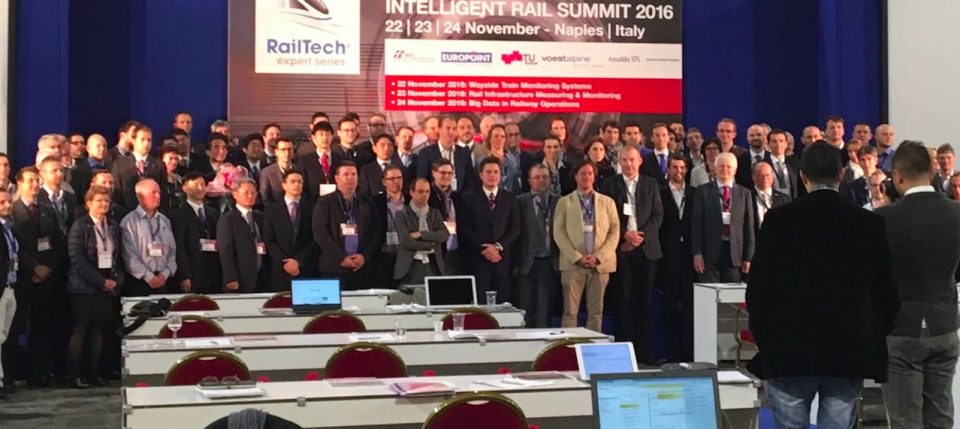Intelligent Rail Summit 2016 – Day One

A resounding success – that’s the view of delegates after an engrossing first day of the Intelligent Rail Summit 2016. The Bay of Naples provided a stunning backdrop as more than 150 delegates from across the world descended on Pietrarsa Railway Museum.
Want to read more?
You have read all of your free premium articles for this month. Please become a subscriber to keep reading.
Subscribe now!
Take advantage of our exclusive offer to get full access to all premium content.




